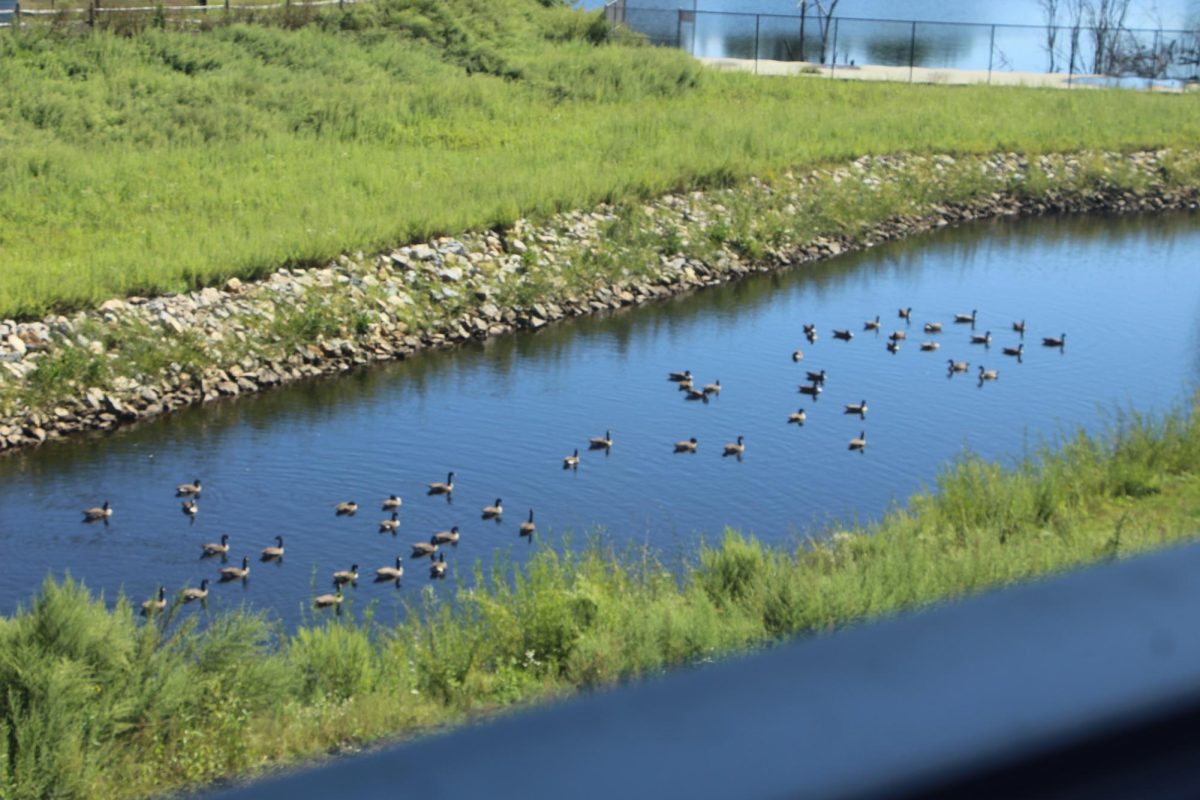As climate change worsens, the Antarctic region gets smaller. Time Magazine states that Antarctica has decreased by at least 30% since 1997 as the spring and summer months get warmer.
With the recent rise in temperature, scientists have documented new floral life in the Arctic. Although flowers in the white snow seem beautiful, this can actually be extremely deadly to the environment as well as the ecosystem of the rest of the world. The change in flora affects many animals, coral reefs, and coastlines.
The rapid change in climate and temperature also increases the growth rate of certain plants that are currently inhabiting the Arctic. The two vegetations inhabiting Antarctica are the Antarctic Hair Grass (Deschampsia Antarctica) and the Antarctic Pearlwort (Colobanthus Quitensis). Earth.org explains the Antarctic Hair Grass exhibits a tenth fold growth increase between 2009 – 2019, faster than previous decades. Native plants are now thriving due to climate change caused by humans. Antarctica’s unique ecosystem, with its extreme conditions and limited biodiversity, is engineered to the continent’s harsh environment. Because of the rapid changes brought about by climate change, the delicate balance is threatened, leading to irreversible damages that affect the rest of the world. The rapid growth and change of flowers blooming in Antarctica is a global climate crisis.
The rise in temperature on the Antarctic Peninsula is also affecting Antarctica’s ecosystem. Organisms such as penguin colonies have moved and changed due to the changed sea levels. Sciencealert also describes a long term decline in Arctic Krill(Euphausia superba)because of the loss of ice covers from the South west sector of the Southern Ocean. They are not only a vital part of the food chain and the ecosystem. They also help mitigate climate change. The melting of the perennial snow and ice covers has increased colonization by plants and possibly invasive species. Many of the glaciers either melted and reduced in size,or collapsed completely.
According to TheGuardian, the Southern Ocean (Arctic Ocean) is the pump that ventilates most of the world’s deep oceans nurturing a lot of unique wildlife. The ecosystem of the ocean provides oxygen rich waters and blooming algae helping feed fisheries. The ecosystem stores carbon with its phytoplankton absorbing in heat. Earth would become uninhabitable without it.


